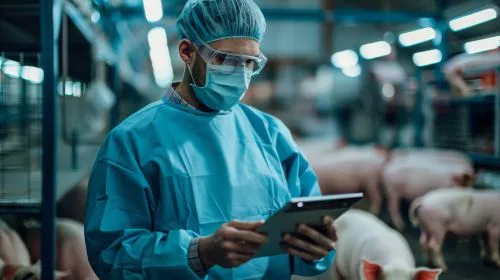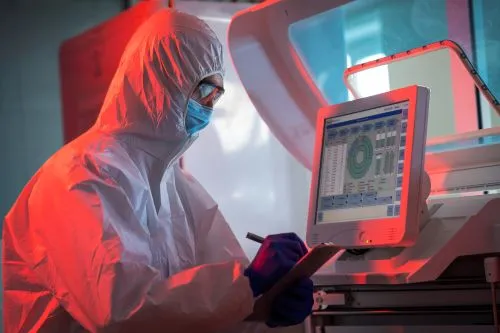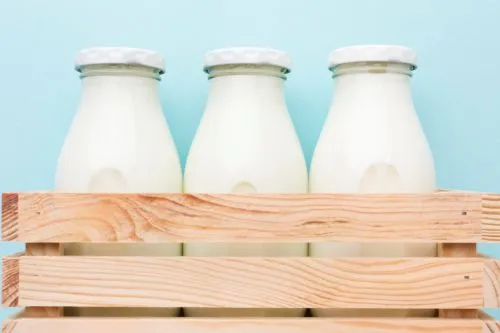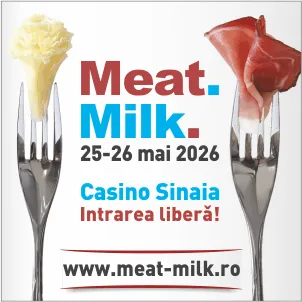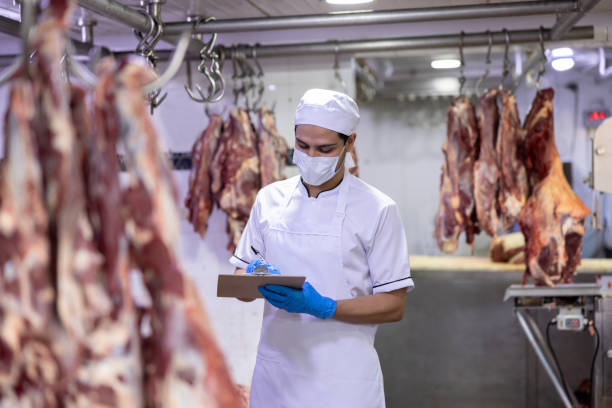
The Romanian Meat Industry: Between Tradition, Innovation, and Sustainability
Romania’s meat industry is undergoing a period of rapid transformation, driven by changing consumer behavior and growing pressure for higher quality and sustainability standards. Global trends are clearly reflected in the local market, where consumers show increasing interest in product traceability, clear labeling, and diverse offerings.
A key development is the diversification of meat types available for sale, with noticeable growth in the premium segment—including dry-aged meat, certified local origin meat, and traditional products. At the same time, the processed meat segment, especially low-additive deli meats, is gaining ground in supermarkets and specialty stores.
For processors and retailers, adapting to these new demands means investing in modernized processing technologies, efficient logistics, and more flexible supply policies. Distribution networks are also focusing on faster delivery times and expanding online sales channels.
In the medium term, experts anticipate a more segmented market, where both industrial producers and small farmers will find their niche—depending on how well they can meet the diverse demands of consumers.
According to INS data, Romania produces over 460,000 tons of pork and over 450,000 tons of poultry per year, with these two categories accounting for approximately 90% of domestic consumption. The positive growth in poultry meat consumption (+3.5% in 2023) correlates with the increased demand for quality-labeled and certified-origin products.
The development of logistical infrastructure—including modern cold storage facilities and automated traceability systems—has become standard in the processing industry. Investments in HACCP control systems and certifications like IFS and BRC are now considered essential for accessing export markets and strengthening presence in modern retail.
Another key pressure point is sustainability. According to Eurostat, CO₂ emissions per kilogram of meat produced are decreasing, thanks to investments in eco-friendly processing technologies and the use of renewable energy sources. More and more processing plants are investing in thermal energy recovery systems and technological flow optimization.
In addition, internal process digitalization and adoption of ERP (Enterprise Resource Planning) solutions are helping processors optimize costs and better manage supply chains. The implementation of such systems has led, in some cases, to raw material loss reductions of 8–10%.
(Photo: Pixabay)
